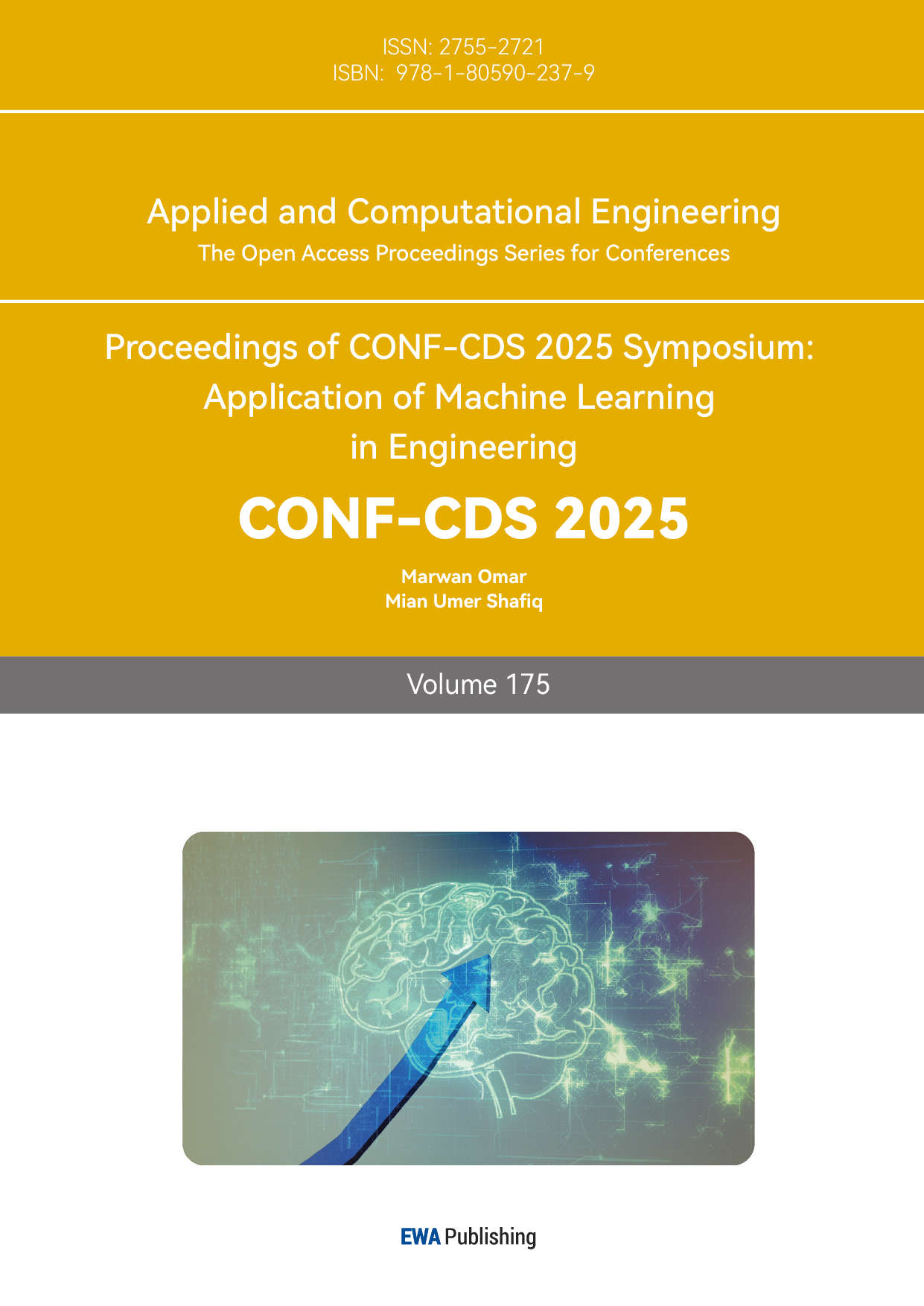References
[1]. Zhang Run, Wang Yongbin. Machine Learning: Algorithms and Developmental Research [J]. Journal of Communication University of China(Science DOI: 10.3969/j.issn.1673-4793.2016.02.002. and Technology), 2016, 23(2): 10-18, 24.
[2]. Kang Tongxi. Comparative Analysis of Linear Regression and Logistic Regression [J]. Fujian Quality Managem, 2018(21): 205. DOI: 10.3969/j.issn.1673-9604.2018.21.159.
[3]. Xu Hongxue, Sun Wanyou, Du Yingkui, et al. A Survey of Classic Machine Learning Algorithms and Their Applications [J]. Computer Knowledge and Technology, 2020, 16(33): 17-19.
[4]. Shen Quan, Luo Xufei, Shi Anya, et al. Design and Considerations of Decision Trees Based on Clinical Practice Guidelines [J]. Chinese Medical Journal, 2022, 13(6): 1081-1087. DOI: 10.12290/xhyxzz.2022⁃0355.
[5]. Guan Zhaojuan, Xue Shuting, Gu Tingyu, et al. Predicting Postoperative Blood Pressure Recovery in Aldosteronoma Patients Using Decision Tree and Random Forest Models [J]. Journal of Shanxi Medical University, 2025, 56(2): 127-133. DOI: 10.13753/j.issn.1007-6611.2025.02.003.
[6]. Zhang Lei, Wang Linlin, Zhang Xudong, et al. Random Forest Algorithm: Fundamental Principles and Ecological Applications — A Case Study of Pinus yunnanensis Distribution Modeling [J]. Acta Ecologica Sinica, 2014, 34(3): 650-659. DOI: 10.5846/stxb201306031292.
[7]. Li Aoqing, Tian Cewen, Xu Xiaoxuan, et al. Global receptive field transformer decoder method on quantum surface code data and syndrome error correction [J]. Chinese Physics B, 2025, 34(3): 264, 266-275. DOI: 10.1088/1674-1056/adab63



